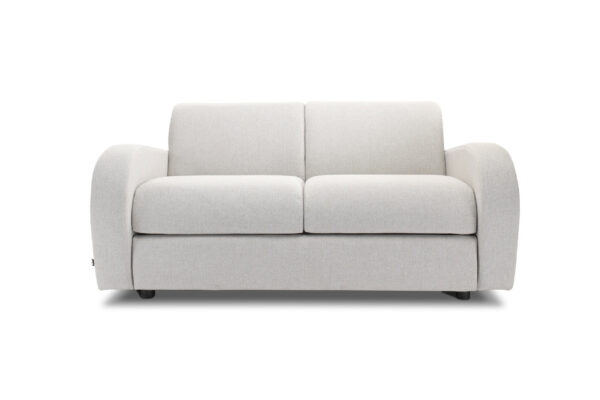- Call us
Sofas
Get comfortable with sofas, sofa beds and footstools. A large corner sofa is perfect for the whole family. Alternatively, try a chaise longue for a chic look or choose a wooden sofa for a rustic finish. We have the right sofa for any room in your home.
Showing the single result
-

Jay-Be Retro Sofa
£1,189.00 Add to basket This product has multiple variants. The options may be chosen on the product pageThe Jay-Be Retro is a luxurious 2 seater sofa with iconic styling based upon our ever popular sofa bed design. Offering a superior level of comfort the seats are made with fibre wrapped Reflex Foam providing support and long term durability. Finished in a choice of luxury woven fabrics, this stylish sofa will make for a stunning piece of furniture in any contemporary living space.
All Jay-Be sofas are made in the UK and every detail is considered. As well as looking stylish and offering supreme comfort, Jay-Be use premium fabrics which are produced in Huddersfield, West Yorkshire, England. Huddersfield is respected worldwide for producing some of the finest fabrics available and specialist production techniques, combined with durable threads guarantee that a Jay-Be sofa will not only look great but stand the test of time.